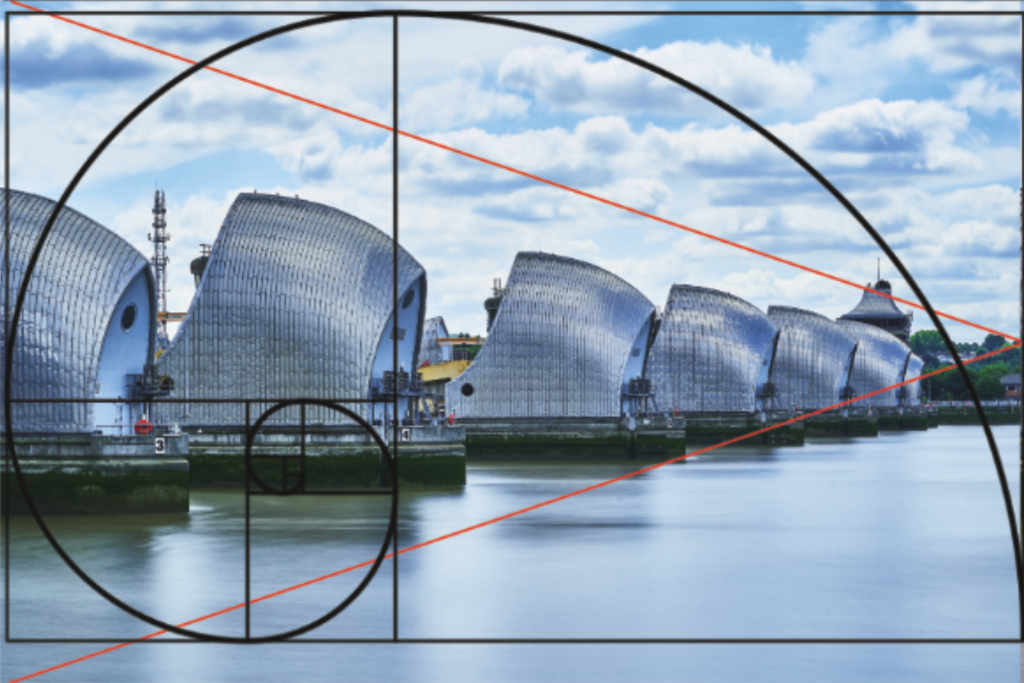Composition is one of the fundamental aspects of photography and plays a crucial role in determining the visual appeal and impact of an image. It refers to the arrangement and placement of various elements within the frame to create a balanced, harmonious, and engaging photograph. A well-thought-out composition can turn an ordinary scene into an extraordinary photograph. Here are some ways composition affects photography:
Visual Balance: Composition helps achieve a sense of balance in an image. By distributing elements evenly or arranging them in a way that feels harmonious, the photo becomes more visually pleasing. Imbalanced compositions may lead to a distracting or uncomfortable image.
Guiding the Viewer’s Eye: A good composition leads the viewer’s eye through the photograph, guiding them to the main subject or focal point. Techniques like leading lines, diagonals, and framing can direct the viewer’s attention and create a visual flow.
Emphasizing the Subject: Composition can draw attention to the main subject by positioning it strategically within the frame or using techniques like selective focus or framing. This ensures that the subject is the center of interest in the photograph.
Eliminating Distractions: Careful composition allows photographers to exclude unnecessary or distracting elements from the frame, keeping the focus on what’s essential in the scene.
Creating Depth: A well-composed photograph can convey a sense of depth, making the image feel more three-dimensional and immersive. Techniques like foreground/background elements and overlapping subjects contribute to this effect.
Rule of Thirds: The rule of thirds is a widely used compositional guideline. It involves dividing the frame into nine equal parts with two horizontal and two vertical lines, placing important elements along these lines or their intersections, which often results in a visually balanced and appealing image.
Symmetry and Patterns: Utilizing symmetry or patterns in composition can create strong visual impact and add a sense of order and beauty to the photograph.
Negative Space: The use of negative space (the empty areas in a photo) can help emphasize the subject, create a minimalist feel, or evoke certain emotions.
Subject Size and Framing: Decisions regarding the size of the subject in the frame and how it’s framed can influence the mood and perspective of the photograph.
Cropping: In post-processing, cropping an image can dramatically change its composition, helping to improve the overall visual impact.

Remember that rules of composition are not rigid, and sometimes breaking or bending them can result in unique and creative images. Photography is an art, and experimenting with various composition techniques can lead to exciting and captivating results.